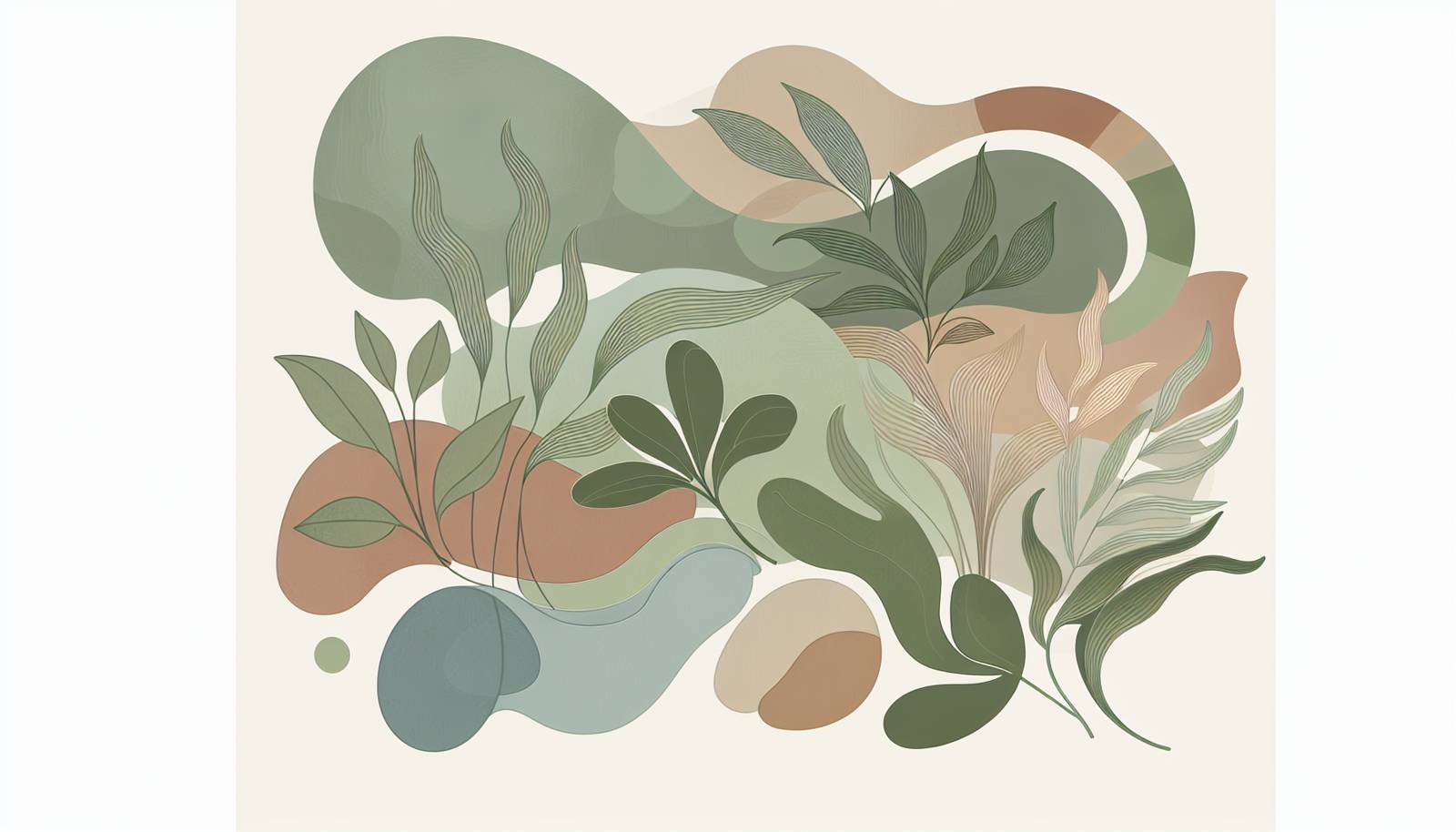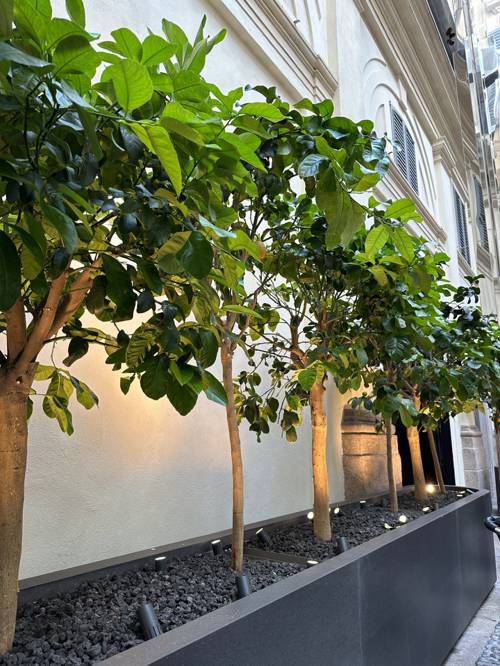
FAQ About Indoor Plant Adaptation to Artificial Climates

How do indoor plants adapt to artificial lighting?
Indoor plants can adapt to artificial lighting by utilizing the light spectrum provided by artificial sources, which can include fluorescent, LED, and incandescent bulbs. It's important to choose the right type of light for the specific needs of your plants. For instance, LED lights are efficient and can provide full spectrum lighting, closely mimicking natural sunlight, which is beneficial for photosynthesis and growth. Plants adapt by orienting their leaves towards the light source and starting their photosynthetic processes as they would under natural sunlight.

Can air conditioning affect indoor plants?
Yes, air conditioning can affect indoor plants by reducing humidity levels and causing cooler temperatures, which might not be ideal for all plant species. Many indoor plants thrive in tropical conditions that are warm and humid, so exposure to continuous air conditioning can lead to drying out of the soil and leaves. To counter these effects, it's advisable to mist the plants regularly, place a humidifier nearby, or move them away from direct air flow.

What role does temperature play in the adaptation of indoor plants?
Temperature is crucial for plant metabolism and growth. Most indoor plants have specific temperature ranges where they thrive best. Consistent exposure to temperatures outside these ranges, such as those caused by heating or cooling systems, can stress the plants. It's important to maintain stable temperatures that mimic the plants' natural environment. For example, tropical plants prefer consistent warmth, while others can tolerate cooler conditions. Monitoring with a thermostat can help maintain the optimal temperature for your plants.

How can I help my indoor plants adapt to heating systems?
Heating systems can dry out the air and increase the ambient temperature, which might stress indoor plants. To help plants adapt, you can increase the humidity by placing a tray with water near the plants, using a pebble tray, or a humidifier. Additionally, ensure that the plant soils are kept moist but not waterlogged. Pay attention to any signs of stress, such as wilting or brown tips, and adjust the plant's environment accordingly.

What are the best artificial lighting options for indoor plants?
The best artificial lighting options for indoor plants include LED grow lights, fluorescent lights, and high-intensity discharge (HID) lights. LED grow lights are popular due to their energy efficiency and ability to provide full-spectrum light that closely resembles natural sunlight. Fluorescent lights are a cost-effective choice, providing sufficient light for low to medium light plants. HID lights are powerful and are typically used for high-light plants or in settings where more intense lighting is needed.
